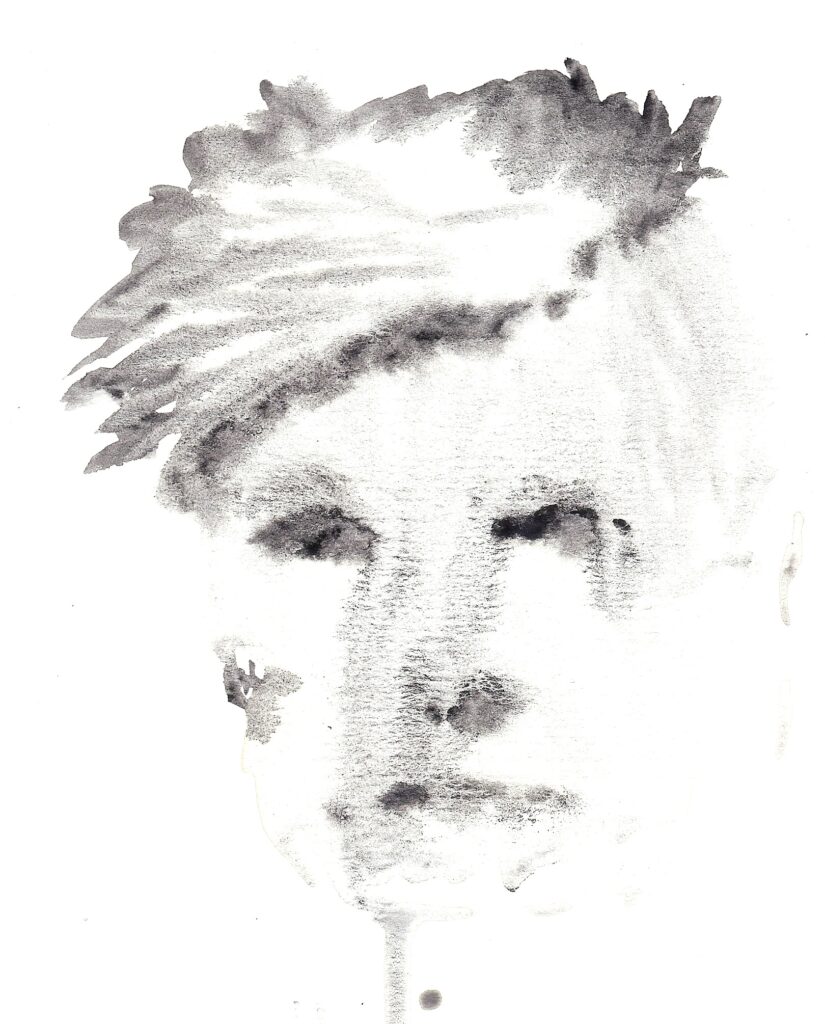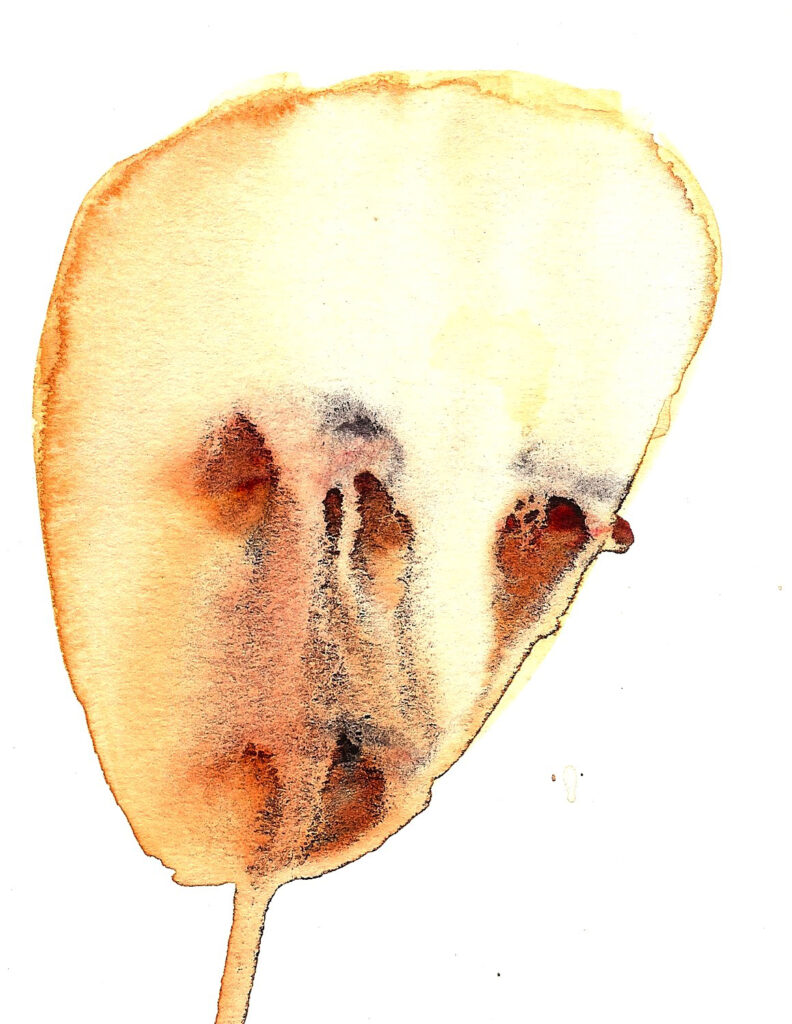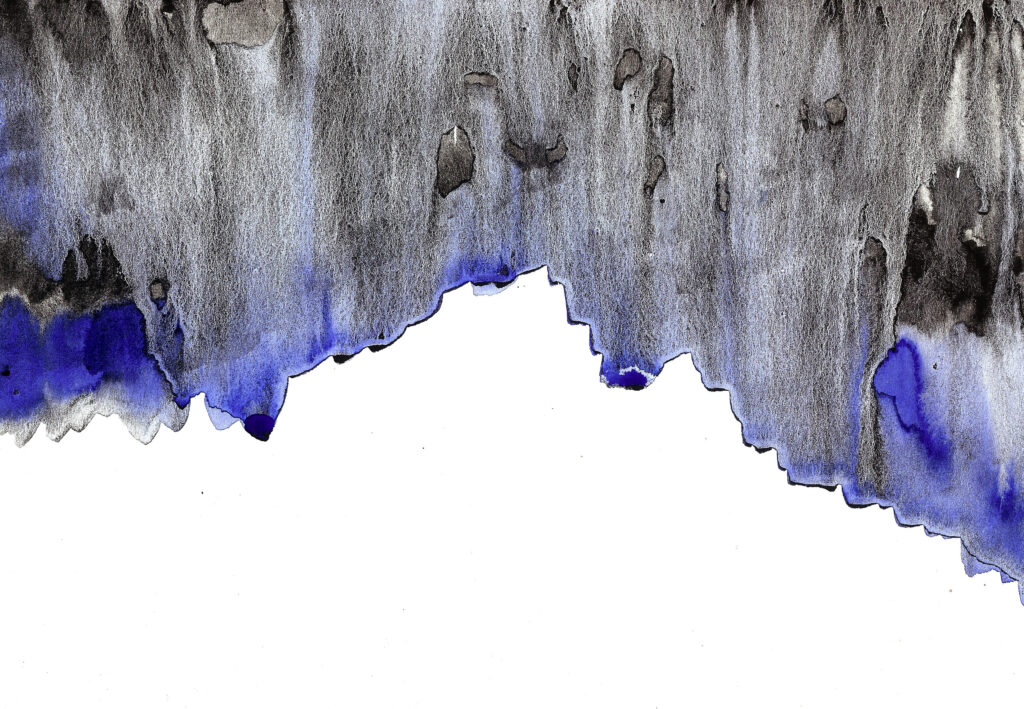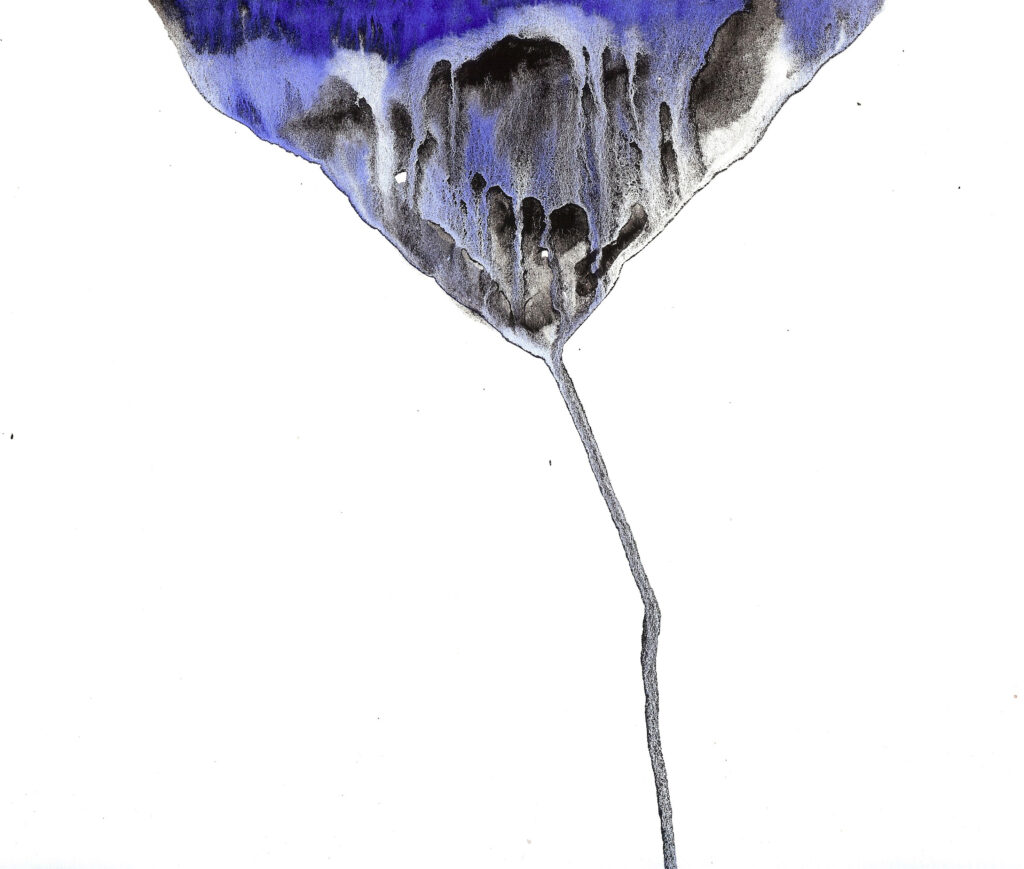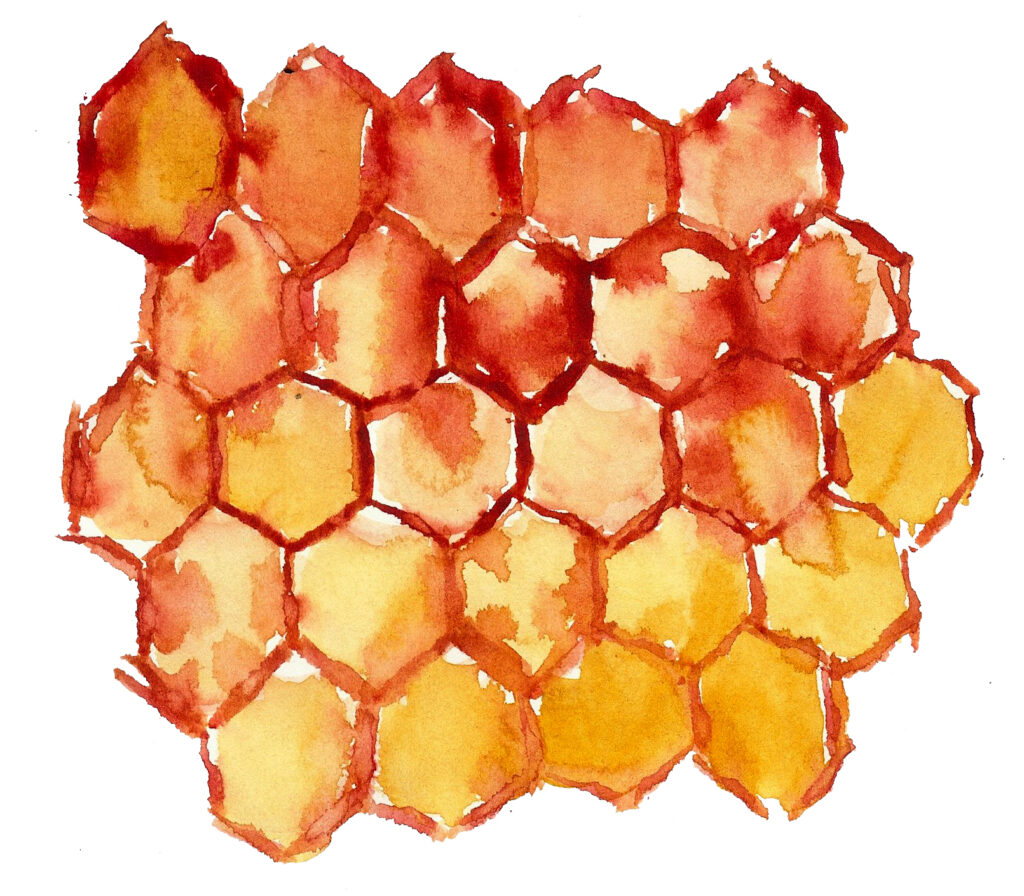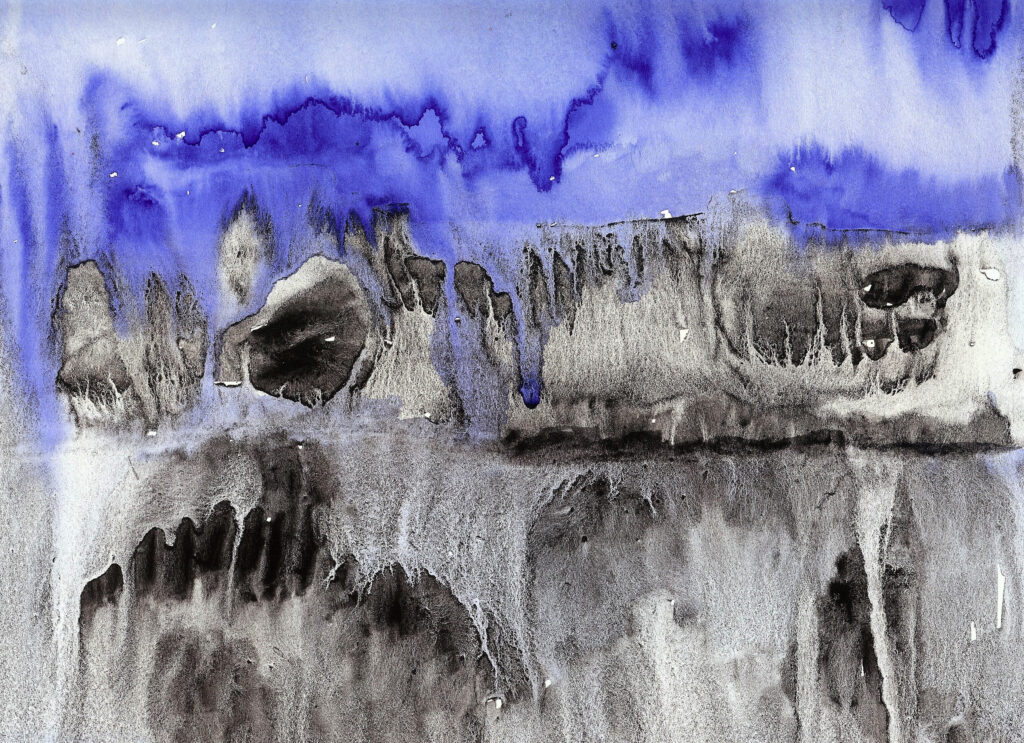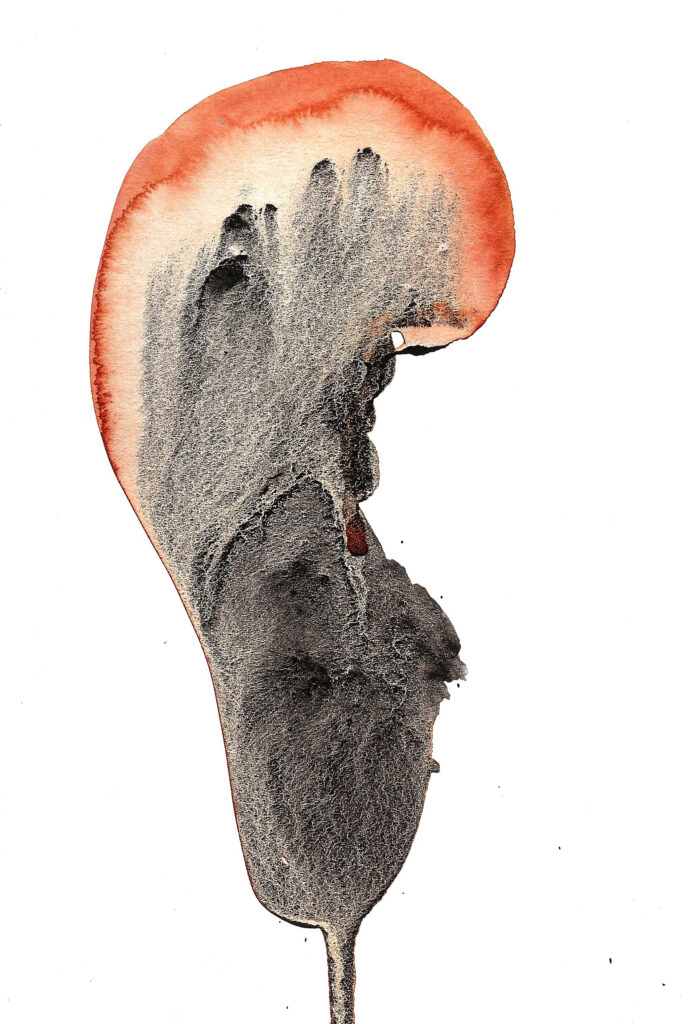Maggie Smith’s inspirational book, Keep Moving, has its genesis in an idea that came to Smith in the aftermath of her divorce. The idea sounds simple in theory, but is deceptively difficult to accomplish in practice. After her divorce, she set herself the task to write down a few sentences each day and post them on social media. The sentences seem drawn out of thin air, written on the fly. But Smith makes clear that writing is a process. Her book is as much a lesson on the art of self-revision as it is a lesson in how to write and revise one’s work.
I have an inherent distrust of writing created for immediate consumption and disposal as is often the case with writing posted on social media. Often, when such work is translated into print, especially into a book, it fails to live up to the permanence of the form. This is often true of many Instagram poets, whose work resides in the ephemeral realms of social media. When subjected to the solidity of life outside silicone’s cool glowing halls, it flickers into obscurity like a cave painting seen under a dying flare.
Maggie Smith’s Keep Moving is no such book. Many of these words are stronger for being placed in a more solid, more permanent form, as if they were bricks finally being set into a building with proper mortar. She writes: “Stop straining to hold the door to the past open, as if your old life is there, waiting, and you could just slip right in. Stop wasting your strength, because you can’t go back.” These are the sentences Maggie Smith found when she set herself the goal to write a couple of sentences a day.
The goal to write a few sentences a day may seem small, but many writers fall short of it, and it is a goal that many young writers would be wise to set for themselves. I’m certainly inspired, and wonder what would happen if I forced myself to post a sentence or two every day on social media. I think such writing would have to be public—to keep the element of risk and adventure high. Scribbled notes in a journal seem almost too easy, too easily buried. The speed at which thinking changes; the speed at which life changes is what ephemeral media, like social media or journaling, manage to capture.
Joan Didion wrote, in The Year of Magical Thinking: “Life changes fast. Life changes in the instant.” Maggie Smith, and anyone who has experienced life-changing tragedy, knows how quickly life can change—how every well laid plan can suddenly go awry, how the ocean is always there, always able to erase the path you’ve set for yourself.
It is in these moments that revision is paramount. Smith’s writing on revision is some of the poignant writing in the book. She explains that when writing and revising, she creates multiple drafts, but “something’s gone awry” if she reaches draft sixteen or seventeen or beyond. While revision is integral to the process, she explains that the magic and wildness of what sparked the writing in the first place can often be edited out of the revision process. I’ve seen this happen in my own work. I love Smith’s three-draft rule. I think I might start to practice it myself.
Keep Moving is a kind of therapy for the writer. I remember shortly after I got divorced talking to my therapist about how scared I was. I’d just learned that because I was separating from my husband, my visa was no longer valid and I’d need to leave Canada, where I’d lived and built a life for five years. I worried, telling her how afraid I was I’d have nothing left. She said, “Janice, you love adventure. This next step could be the adventure of your life.” It was. I was terrified to begin. All good adventures are terrifying in the beginning. But I began. I’m grateful I began.
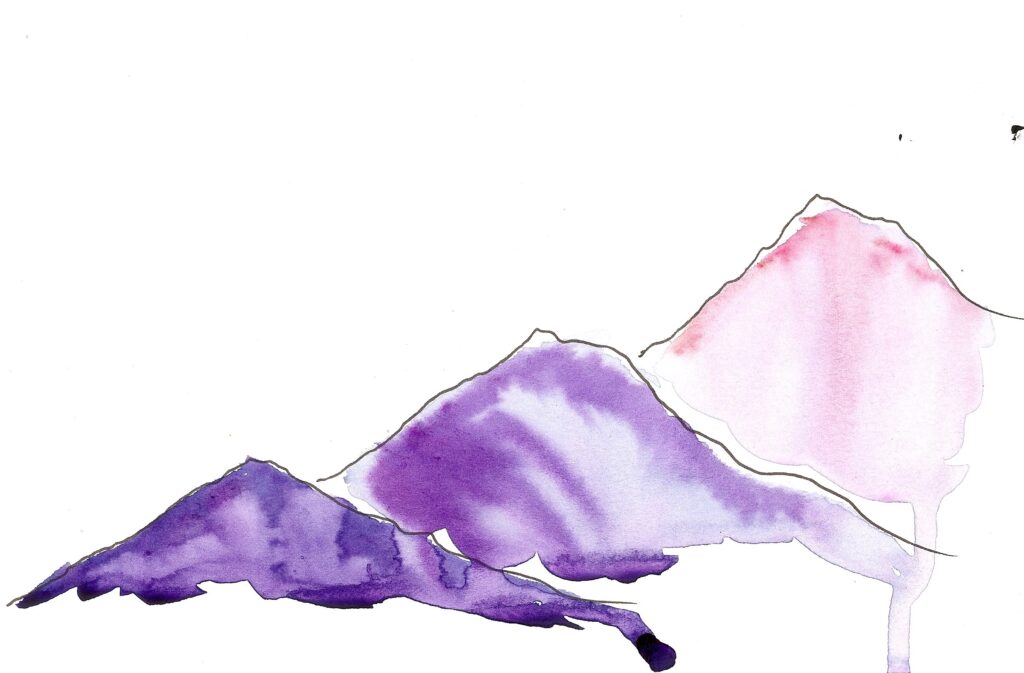
It’s easy to forget how painful it can be to exist within the transition. But “we can’t skip ahead to healing because we’re tired of grieving, or because it’s taking too long.” And because “The past isn’t a place we can live,” we often have to live in the uncomfortable painful present for longer than we’d like.
When tragedy strikes, sometimes ritual is all that is left. But rarely is life dismantled so completely. Even when I found myself divorced, homeless, living out of a car in Kentucky behind a pizza shop, there were still things I had left, things I had spent years building. My writing practice was one. It sustained me. It still does. I think about Maggie Smith writing her two sentences every day and I am incredibly moved.
There are moments of great beauty in Maggie Smith’s Keep Moving. She writes, “Don’t wait for your life to magically come together—it’s your work to do. Every day, every moment, you are making your life from scratch.”
Moving on and moving forward isn’t a process where one puts on a happy face and pretends the pain is gone. No. It is a process of existing in the messy present moment and trusting that all will be well all will be well in the end. In the space of loss, Smith writes, “Throw away what you think you know. Throw away the old blueprint for something that will not be built. Instead, rethink that space. Now it can be anything: What will it be?” This is excellent advice—in life and in writing.
About the Writer
Janice Greenwood is a writer, surfer, and poet. She holds an M.F.A. in poetry and creative writing from Columbia University.

